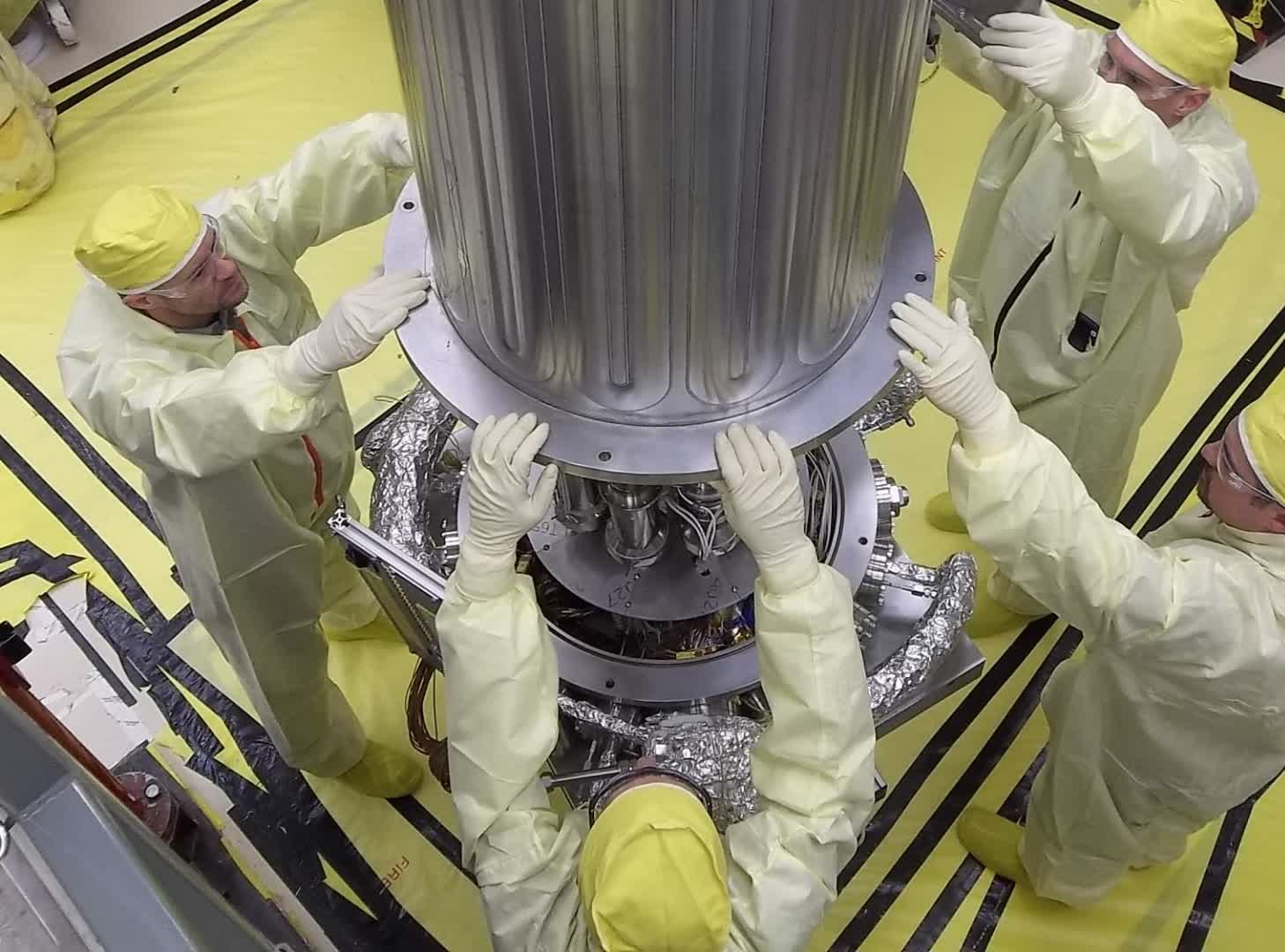Forward-looking: Scientists have long envisioned nuclear electric propulsion as a transformative technology for unlocking the potential of solar system exploration. Now, two companies making steady progress on the critical components of this technology have joined forces, potentially accelerating the timeline for turning that vision into reality.
Ad Astra Rocket Company has spent over two decades developing the Variable Specific Impulse Magnetoplasma Rocket (VASIMR), a highly efficient electric propulsion system. VASIMR operates by using powerful electromagnetic fields to ionize and accelerate a propellant, creating a high-speed plasma exhaust.
This system offers exceptional fuel efficiency compared to traditional chemical rockets. However, this advantage comes with a significant tradeoff – low thrust levels. Achieving the engine’s maximum thrust and efficiency requires an enormous amount of electrical power – over 100 kilowatts, to be exact. The VASIMR VX-200 prototype, for example, consumed 200 kilowatts of input power.
This power requirement is staggeringly high, and unfortunately, there is currently no practical way to generate such immense energy using existing space power systems, such as solar arrays or radioisotope thermoelectric generators.

This is where Space Nuclear Power Corporation (commonly known as SpaceNukes) comes into play with its Kilopower nuclear fission reactor project. The startup has been steadily advancing nuclear reactors designed for space applications and successfully demonstrated a 1-kilowatt system on the ground in 2018. The Kilopower reactor is capable of generating up to 10 kilowatts of electrical output continuously for at least a decade.
Under a new partnership, the two companies will collaborate to integrate SpaceNukes’ nuclear technology with Ad Astra’s propulsion system, potentially achieving an optimal balance of efficiency and thrust.
VASIMR is highly scalable with larger power outputs, and Ad Astra emphasizes that its fundamental physics make it “propellant-agnostic,” meaning it can operate using a variety of cost-effective propellants.
By combining high-power nuclear reactors with high-efficiency plasma engines, the two companies aim to develop a propulsion system that could significantly reduce transit times for future robotic and human exploration missions. SpaceNukes has suggested that round-trip journeys to Mars could take just a few months instead of the current timeline of over a year.
While the partnership is still in the early stages of planning, with concrete timelines yet to be finalized, the goal is to conduct an orbital demonstration by the late 2020s and move toward commercialization in the 2030s. Many challenges remain, but if successful, this collaboration could revolutionize deep space exploration.








Leave a Comment